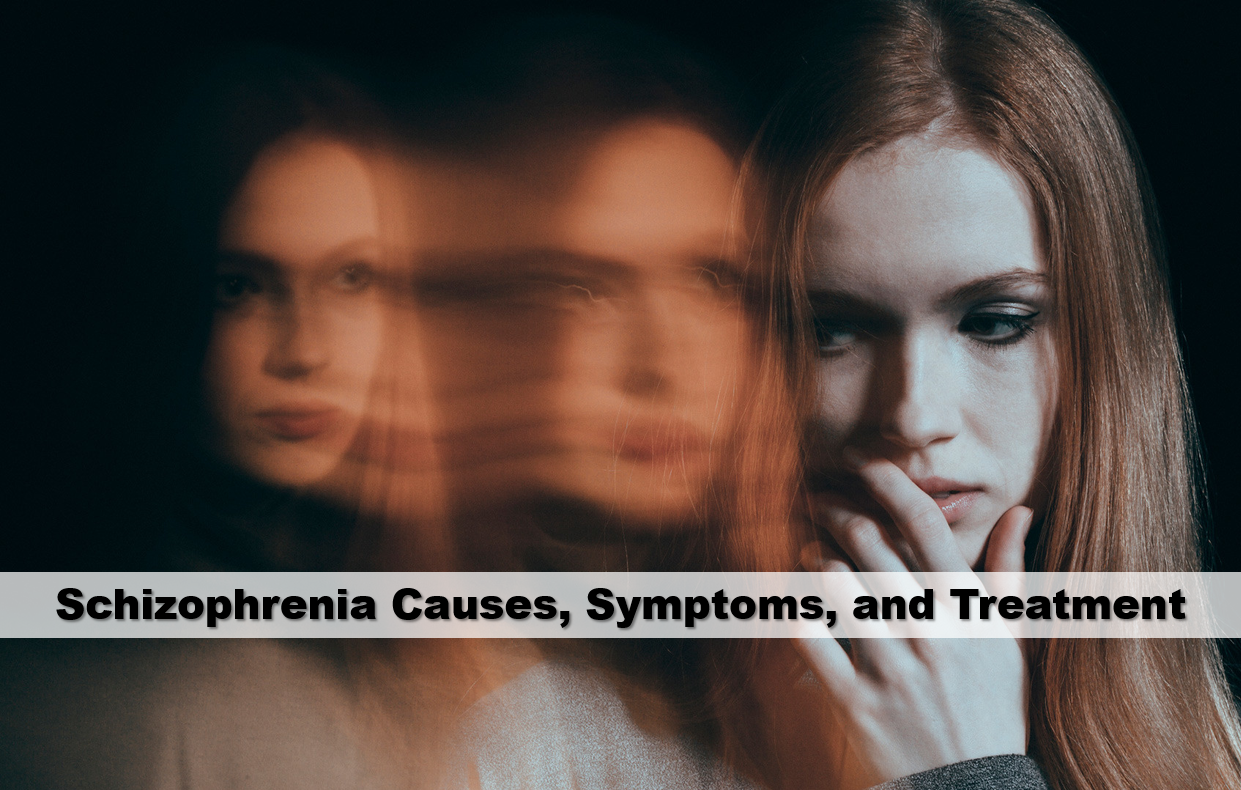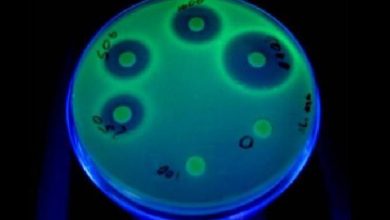PMS Symptoms and Treatment Methods

What are the symptoms of PMS? Before menstrual periods, 75% of women experience some complaints due to varying hormone levels. In half of these women, the symptoms are mild and do not affect one’s daily life. In the other half, more serious complaints occur, including depression. The premenstrual period may be physiological or psychological and may be affected by cultural differences. Here, we will explain the symptoms and treatment methods in the text below.
Premenstrual Syndrome Complaints
Studies show that different complaints occur in women from different cultures. Pain is the most common complaint in women in eastern societies, and depression is the most common finding in developed western ones. Complaints that affect the person’s social life negatively and appear every month may cause the woman to lose her self-confidence.
PMS: Physical Symptoms
Almost all women with PMS have breast tenderness and temporary weight gain. Other symptoms include digestive system disorders, headache, rashes, muscle and joint pain, weakness, gum bleeding, palpitations, balance disorders, hot flashes, excessive sensitivity to sounds and odors, and insomnia.
PMS: Emotional Symptoms
Emotional hypersensitivity is very common in PMS. There are many different emotions, from depression to anxiety and extreme irritability. Some women may experience mild memory loss. Concentration disorder is a rare condition in PMS. The condition of depression and restlessness is seen in some women is called premenstrual dysphoric disorder (PMDD).
Who has PMS?
PMS is a common condition in all cultures all over the world. In a study, 88% of women had different levels of PMS. The severity of complaints decreases with age. Complaints are more common in women with maternal PMS. PMS can also increase the severity of some diseases. For example, in women with migraine, a large proportion of attacks occur before the menstrual period. Blood sugar levels and insulin requirements in diabetic patients also change during the premenstrual period. In this period, the harmony of the person with her environment is impaired and may be interrupted with the people and children she has relations with at work or home. The tendency towards suicide in adolescent girls may increase.
PMS Diagnosis
The diagnosis of PMS is not based on positive findings. The most reliable way to diagnose is to observe complaints and take not their severity for 2-3 months. Complaints should be separated physically and psychologically.
Premenstrual Syndrome Treatment
Since the cause of PMS is not known exactly, its treatment is not certain. There are many different treatments to reduce the possibility of PMS.
#1) Diet: Some reports state that eating less often reduces complaints. It is sometimes useful to consume fresh fruits and vegetables in the premenstrual period, to avoid red meat and frozen fats and not to consume nutrients containing additives. Reducing caffeine and alcohol consumption can also be beneficial.
#2) Exercise: A study found that PMS was more common in women who did not exercise. A 30-minute walk can be helpful.
#3) Calcium and Magnesium: There is a study that states that a daily intake of 1200 mg of calcium reduces complaints by half after three months. Some women benefited from magnesium supplementation.
#4) Vitamins: Vitamins A, E, and B6 have been suggested to cause PMS, but there is no definite evidence.
Other treatment options include drugs such as antidepressants, but none of them have any definite benefit. Other rare treatment methods include psychotherapy and acupuncture.How to Feel Healthier (10 Easy Ways)





